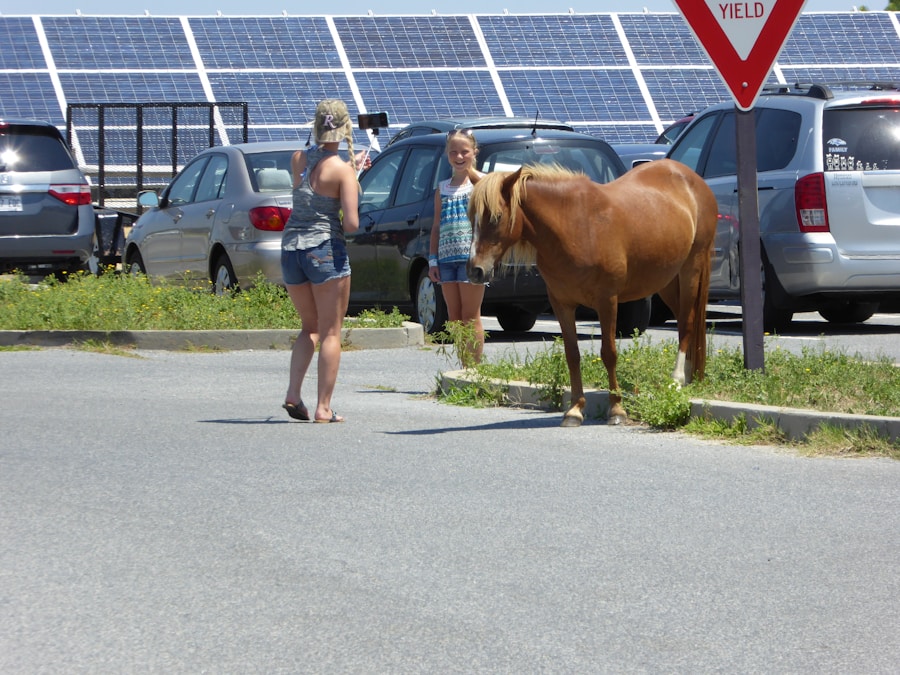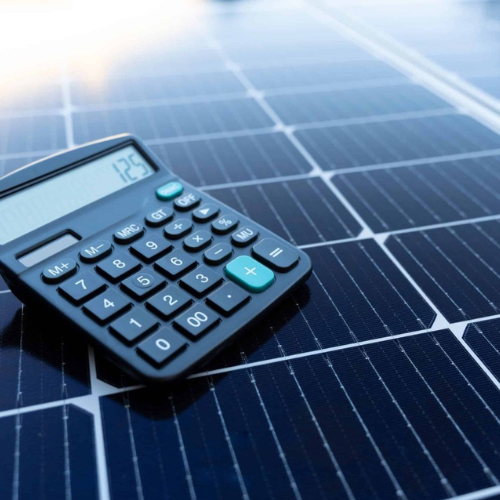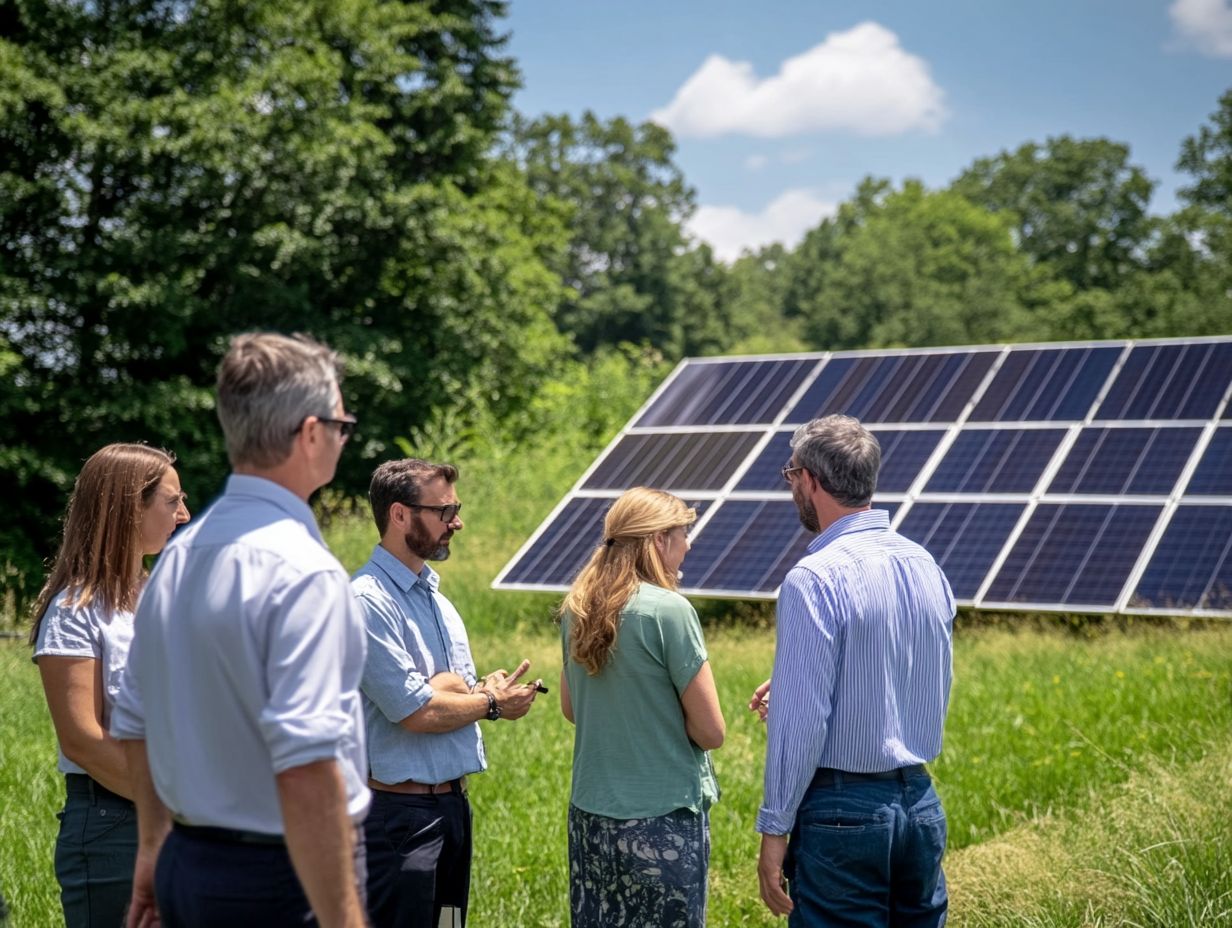Contents
As the world increasingly turns its attention to renewable energy sources, solar power has emerged as a frontrunner in the quest for sustainable solutions. Among the innovative developments in this field are walk-on solar panels, a remarkable fusion of functionality and durability. These panels are designed not only to harness solar energy but also to withstand foot traffic, making them an ideal choice for various applications.
Imagine walking on a surface that generates clean energy while you go about your daily activities; this is the promise of walk-on solar panels. The concept of walk-on solar panels is gaining traction as more people recognize the potential benefits they offer. Whether you are considering them for residential use, commercial spaces, or public areas, these panels provide a unique opportunity to maximize space and energy efficiency.
As you delve deeper into the world of walk-on solar technology, you will discover how they can transform ordinary surfaces into power-generating assets, paving the way for a greener future. Get your free solar assessment at Key Takeaways
One of the most significant advantages of walk-on solar panels is their dual functionality. Unlike traditional solar panels that are often limited to rooftops or open fields, walk-on solar panels can be integrated into walkways, patios, and even parking lots. This versatility allows you to utilize otherwise unused spaces for energy generation, effectively maximizing your property’s potential. By incorporating these panels into your environment, you can create a sustainable energy source without sacrificing aesthetics or functionality. Moreover, walk-on solar panels are engineered to be robust and durable. They are constructed with materials that can withstand significant weight and pressure, ensuring that they remain operational even in high-traffic areas. This durability means that you can enjoy the benefits of solar energy without worrying about damage or maintenance issues that often accompany traditional solar installations. Additionally, many walk-on solar panels come with anti-slip surfaces, enhancing safety for pedestrians while still capturing sunlight efficiently. The unique design of walk-on solar panels allows them to capture sunlight effectively while being walked upon. The construction of these panels typically involves a combination of tempered glass and durable materials that can withstand foot traffic. The tempered glass not only protects the photovoltaic cells but also allows for optimal light transmission. As you walk on these panels, they continue to generate electricity without compromising their efficiency. This innovative design ensures that you can enjoy the benefits of solar energy generation while maintaining a functional and safe walking surface.
Benefits of Walk on Solar Panels
How Walk on Solar Panels Work

Walk-on solar panels operate on the same fundamental principles as conventional solar panels, utilizing photovoltaic cells to convert sunlight into electricity. When sunlight strikes the surface of these panels, it excites electrons within the photovoltaic material, generating an electric current. This process is known as the photovoltaic effect and is at the heart of solar technology. Applications of Walk on Solar Panels
| Application | Benefits |
|---|---|
| Residential rooftops | Generate clean energy, save on electricity bills |
| Commercial buildings | Reduce carbon footprint, lower energy costs |
| Public infrastructure | Power street lights, traffic signals, and other utilities |
| Off-grid locations | Provide electricity in remote areas |
The applications for walk-on solar panels are vast and varied, making them suitable for numerous environments. In residential settings, you might consider installing them in your garden pathways or on your patio, allowing you to generate energy while enjoying outdoor spaces. This integration not only enhances your home’s sustainability but also adds an element of modern design that can impress guests and neighbors alike.
In commercial settings, walk-on solar panels can be utilized in shopping centers, office buildings, and public parks. Imagine walking through a bustling plaza where the very ground beneath your feet is generating clean energy for nearby businesses or lighting up public spaces. This innovative approach not only contributes to energy savings but also promotes environmental awareness among visitors.
Furthermore, municipalities can leverage walk-on solar technology in urban planning, creating energy-efficient public spaces that serve both functional and aesthetic purposes.
Advancements in Walk on Solar Panel Technology
As technology continues to evolve, so too does the design and efficiency of walk-on solar panels. Recent advancements have led to improvements in the materials used in their construction, resulting in lighter yet more durable options that can withstand greater weight and pressure. Innovations in photovoltaic cell technology have also enhanced their efficiency, allowing these panels to capture more sunlight even in shaded or partially obstructed areas.
Additionally, smart technology integration is becoming increasingly common in walk-on solar panels. You may find systems equipped with sensors that monitor energy production and foot traffic patterns, providing valuable data for optimizing energy usage. These advancements not only improve the functionality of walk-on solar panels but also make them more appealing to consumers who are looking for cutting-edge solutions in renewable energy.
Challenges and Limitations of Walk on Solar Panels

Despite their many benefits, walk-on solar panels do face certain challenges and limitations that must be considered. One significant concern is the initial cost of installation. While prices have been decreasing over time, the upfront investment for walk-on solar technology can still be higher than traditional solar panel systems.
This cost may deter some homeowners or businesses from making the switch to this innovative solution. Another challenge lies in the efficiency of energy generation compared to standard solar panels. While advancements have improved performance, walk-on solar panels may not capture sunlight as effectively as their traditional counterparts due to their design constraints.
This means that while they provide a unique solution for energy generation in pedestrian areas, they may not be suitable as a sole source of power for larger applications without additional support from other energy systems.
Environmental Impact of Walk on Solar Panels
The environmental impact of walk-on solar panels is largely positive, contributing to a reduction in carbon emissions and promoting sustainable practices. By harnessing solar energy, these panels help decrease reliance on fossil fuels and lower greenhouse gas emissions associated with traditional energy sources. As you consider incorporating walk-on solar technology into your environment, you are actively participating in the global effort to combat climate change and promote cleaner air.
Moreover, the use of walk-on solar panels encourages a shift in mindset regarding urban development and land use. By integrating renewable energy solutions into everyday spaces, you contribute to a culture of sustainability that prioritizes environmental responsibility. This shift not only benefits current generations but also sets a precedent for future developments that prioritize ecological balance and resource conservation.
The Future of Walk on Solar Panels
Looking ahead, the future of walk-on solar panels appears promising as technology continues to advance and public awareness grows regarding renewable energy solutions. As more individuals and businesses recognize the potential benefits of integrating these panels into their environments, demand is likely to increase. This demand will drive further innovation in design and efficiency, making walk-on solar technology even more accessible and effective.
Additionally, as urban areas continue to expand and evolve, there will be greater opportunities for integrating walk-on solar panels into city planning and infrastructure projects. Imagine cities where sidewalks, plazas, and public transportation hubs are powered by clean energy generated from pedestrian traffic. The vision of sustainable urban living is becoming increasingly attainable with advancements in walk-on solar technology, paving the way for a greener future where every step contributes to a cleaner planet.
In conclusion, walk-on solar panels represent an exciting intersection of renewable energy and innovative design. Their ability to generate electricity while serving as functional surfaces opens up new possibilities for sustainable living in both residential and commercial settings. As you explore this technology further, consider how it can enhance your environment while contributing positively to the planet’s future.
If you are interested in learning more about how solar panels work, you should check out this informative article on how solar panels work. Understanding the technology behind solar panels is crucial for maximizing their efficiency and benefits. Additionally, you may also want to explore the benefits of reducing carbon emissions with solar energy, which is discussed in detail in this article on reducing carbon with solar. By harnessing the power of the sun, we can significantly decrease our carbon footprint and contribute to a more sustainable future.
FAQs
What are walk on solar panels?
Walk on solar panels are specially designed solar panels that are strong enough to support the weight of a person walking on them. They are typically used in areas where space is limited, such as rooftops or walkways, to maximize solar energy production.
How do walk on solar panels work?
Walk on solar panels work in the same way as traditional solar panels. They are made up of photovoltaic cells that convert sunlight into electricity. The main difference is that walk on solar panels are designed to be durable and strong enough to withstand the weight of people walking on them.
What are the benefits of walk on solar panels?
Walk on solar panels offer several benefits, including maximizing the use of space in areas where traditional solar panels may not be practical. They can also provide additional functionality, such as serving as a walkway or flooring while still generating solar energy.
Are walk on solar panels safe?
Walk on solar panels are designed to be safe for walking, but it is important to follow the manufacturer’s guidelines for installation and use. Proper maintenance and regular inspections are also important to ensure the safety and performance of walk on solar panels.
Where can walk on solar panels be used?
Walk on solar panels can be used in a variety of locations, including rooftops, walkways, patios, and other areas where space is limited. They are often used in commercial and residential settings to maximize solar energy production while providing a functional surface for walking or other activities.








